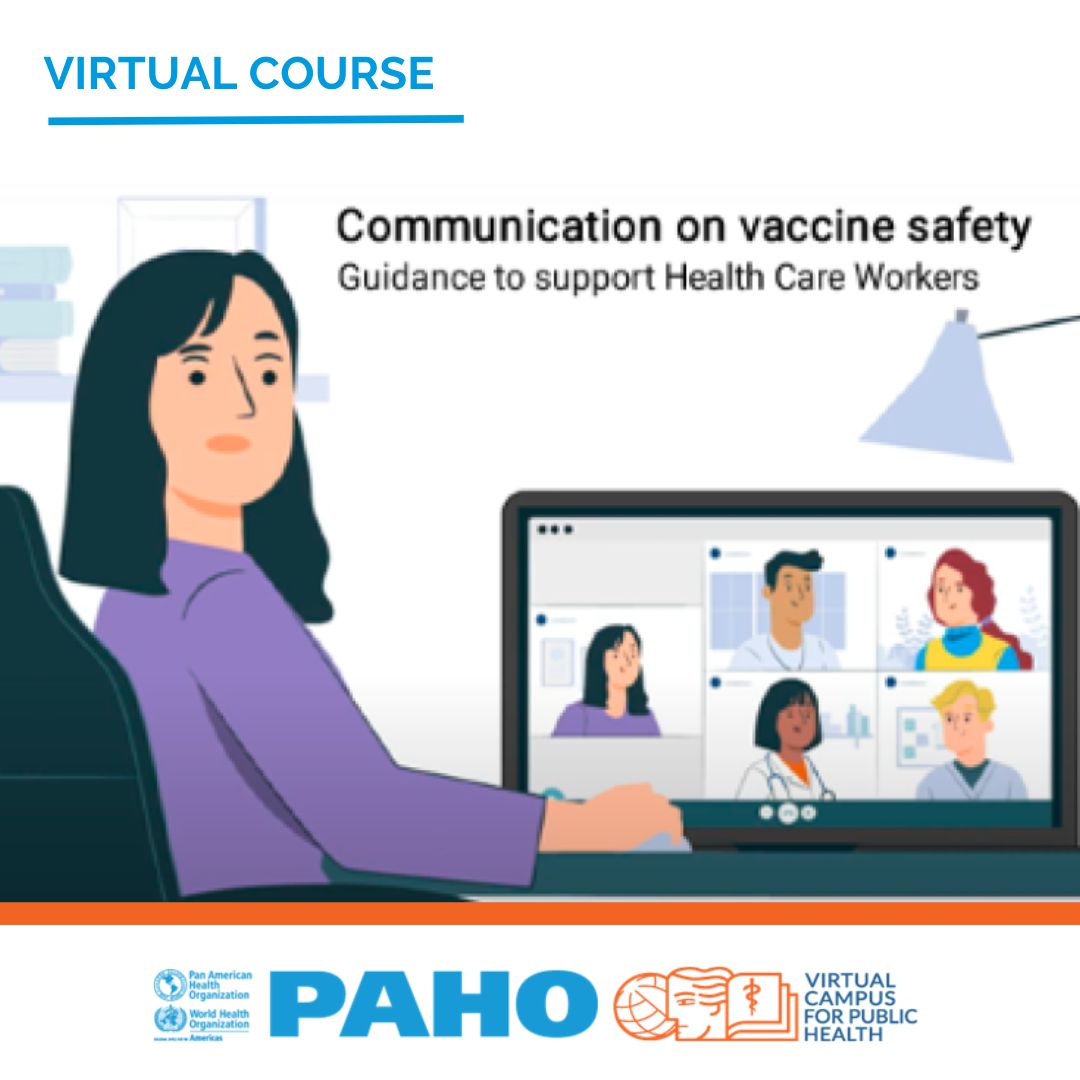Communication on vaccine safety: Guidance to support Health Care Workers (2022)

Each year, vaccines save between 2 and 3 million lives and protect the population from over a dozen potentially deadly diseases. Smallpox was eradicated in the year 1980 and we are in the process of eliminating poliomyelitis, all thanks to vaccination. However, the last few years have seen an increase in measles cases, one of the most contagious diseases know to us. It is therefore necessary to reach a vaccination coverage among the population of at least 95%, which represents a significat technical and communication challenge for the health staff. Studies show that providing information on the quality, safety, efficacy and supply of vaccines is not enough to spark changes in behaviour regarding vaccination, which in turn does not increase coverage. Because of this, it is necessary to understand the reasons leading people to not get vaccinated and/or not vaccinate their children, with the aim of starting a coversation based on mutual respect that will produce better and more effective messages.
Purpose
The aim is to provide health teams with tools that will aid them in communicating effectively with the general population, with the purpose of strengthenig or regaining trust in vaccines and immunization programs in the Americas.
Objectives
- Pinpoint the factors that influence decision-making regarding vaccination.
- Define the spectrum of reluctance to get vaccinated.
- Describe communication strategies regarding interaction with parents, caregivers and patients.
- Identify strategies to improve vaccination experience.
- Recognize frequently asked questions about vaccination in general and about influenza, HPV, measles and Covid-19 in particular.
- Analyze the different ways to dispel false information and misconceptions about vaccines.
- Describe the best way to communicate events supposedly attributable to vaccination and immunization.
People this course is intended for
This training course is aimed at health workers in general.
Minimum hours required
An estimated 3 hours are required to complete this training course.
How to take the course
The course is available at PAHO’s Virtual Campus for Public Health (VCPH).
OPS/OMS. Since this is a self-learning course, participants can choose when to do it and at what pace. An estimated 30 minutes are required per module, depending on the participant’s previous knowledge on the topic. At five modules plus a final examination, each taking an estimated 30 minutes, the course will take about 3 hours.
Skills you can develop
This course will allow you to develop skills related to the management and shared use of information and documentation about immunization, with a rigorous, collaborative and adaptable approach to decision-making in various areas, geared towards achieving the program coverage goals.
Course structure
- Introduction
- M1: Undestanding your interlocutor
- M2: Communication and experience improvement strategies
- M3: Q&A about vaccination and diseases
- M4.1: Debunking false information and myths
- M4.2: Communication related to ESAVIs
- M4.3: Activity
- M5: Summary
